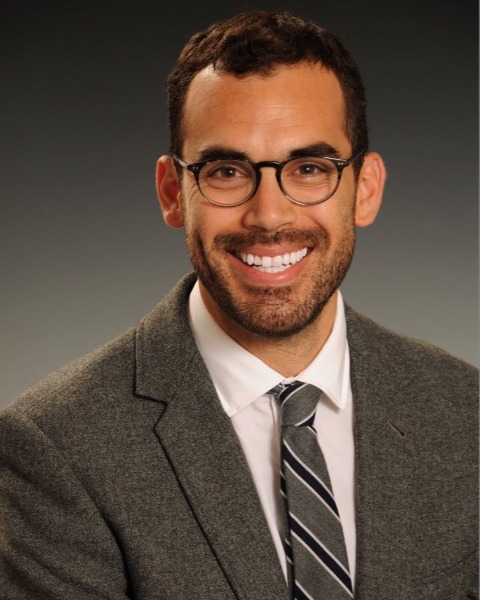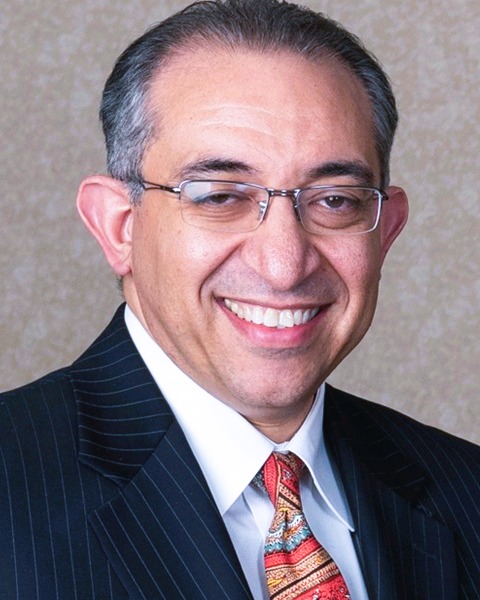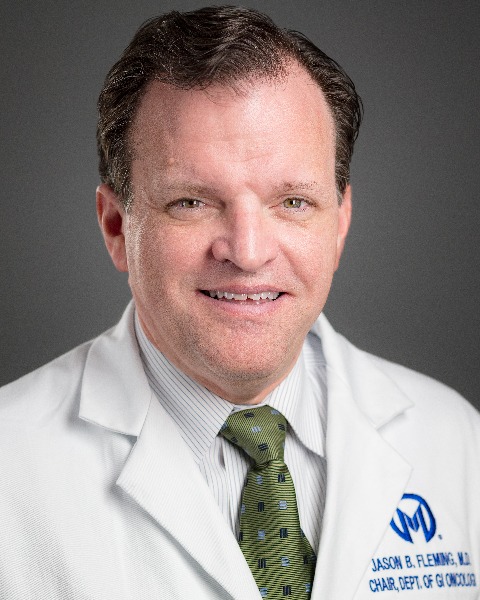Hepato-pancreato-biliary
E227: Characterizing Conditional 90-Day Mortality and Associated Risk Factors Following Hepatobiliary and Pancreatic Cancer Surgery

Ace St. John, MD, MS (he/him/his)
Resident Physician
University of Maryland Medical Center, United States
Ace St. John, MD, MS (he/him/his)
Resident Physician
University of Maryland Medical Center, United States
Ace St. John, MD, MS (he/him/his)
Resident Physician
University of Maryland Medical Center, United States
Yinin Hu, MD (he/him/his)
Assistant Professor of Surgery
Department of Surgery, University of Maryland Baltimore, University of Maryland Marlene and Stewart Greenebaum Comprehensive Cancer Center
Baltimore, Maryland, United States- JT
Julia Terhune, MD
Assistant Professor
University of Maryland Medical Center, United States - RW
Richelle Williams, MD (she/her/hers)
Assistant Professor
University of Maryland Medical Center, United States - CB
Cherif Boutros, MD
Faculty
University of Maryland School of medicine, United States 
Nader Hanna, MD (he/him/his)
Professor of Surgery
Thomas Jefferson University
Philadelphia, Pennsylvania, United States- MS
Magesh Sundaram, MD
Associate Professor of Surgery
University of Maryland Medical Center, United States 
Jason B. B. Fleming, MD (he/him/his)
GI Oncology
Moffitt Cancer Center, United States- DA
Daniel A. Anaya Saenz, MD, MSHCT
GI Oncology
Moffitt Cancer Center
Tampa, Florida, United States - BP
Benjamin Powers, MD
University of Maryland Marlene and Stewart Greenebaum Comprehensive Cancer Center
University of Maryland, United States
ePoster Abstract Author(s)
Submitter(s)
Author(s)
Methods: The National Cancer Database (NCDB) was used to conduct a retrospective cohort study of patients who underwent curative-intent resection for hepatobiliary (hepatocellular carcinoma [HCC] and cholangiocarcinoma) and pancreatic cancers. The study included patients alive at 30-days from the index operation and discharged from the hospital. The dependent variable was conditional 90-day mortality. Descriptive analyses and multivariable logistic regression models were used to identify risk factors for 90-day mortality.
Results:
Of the 40,220 patients included, 3.1% faced 90-day mortality. In pancreatic and hepatobiliary groups, 90-day mortality was 3.19% and 2.68% respectively. Age notably impacted 90-day mortality in all patients. Pancreatic surgery patients had a median age of 67.0 (59.0-74.0) for survivors and 73.0 (66.0-79.0) for non-survivors (p< 0.001). For HCC and cholangiocarcinoma surgeries, mortality peaked at 3.70% for those aged >73(p=0.006). Pancreatic cancer patients with increased comorbidities, as shown by the Charlson Comorbidity Index and CACI, had higher mortality rates. An index of 3 had a 93.16% survival rate, compared to 97.26%, 96.35%, and 96.09% for indices of 0, 1, and 2, p< 0.001. Insurance Type (Medicare mortality at 4.21% vs. Private at 1.76%, p< 0.001), Facility Type (Community mortality at 5.25% vs. Academic at 2.67%, p< 0.001), and Clinical Stage (Stage III mortality at 4.42% vs. Stage I at 2.76%, p=0.015) also influenced 90-day mortality.
Conclusions: The proportion of patients experiencing conditional 90-day mortality after discharge for HPB surgery is roughly equivalent to the 30-day inpatient mortality rate. These data highlight ongoing risk of post-discharge mortality, especially among high-risk patients. Future studies should validate risk factors and pinpoint interventions like intensified follow-up and better care coordination to enhance post-discharge care for HPB surgery patients.
Learning Objectives:
- Analyze the importance and implications of monitoring 90-day mortality rates in patients discharged after hepatopancreatobiliary (HPB) surgery.
- Understand the impact of age, comorbidities, insurance type, facility type, and clinical stage on the 90-day mortality rates of patients who underwent HPB surgery.
- Discuss potential strategies and interventions that can improve post-discharge outcomes, including intensified follow-up, enhanced care coordination, and targeted patient education.
